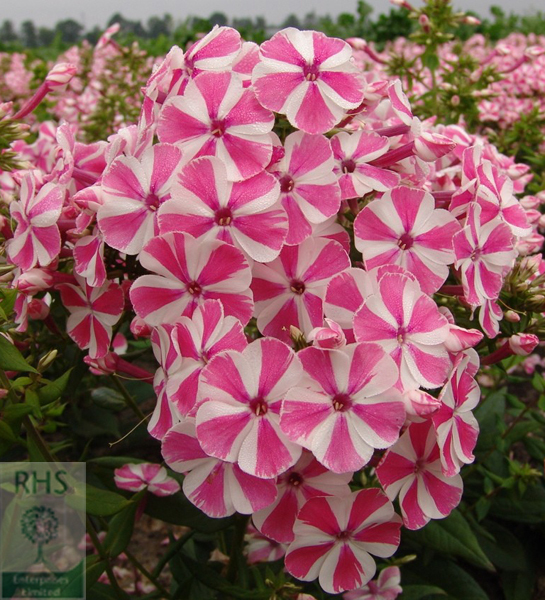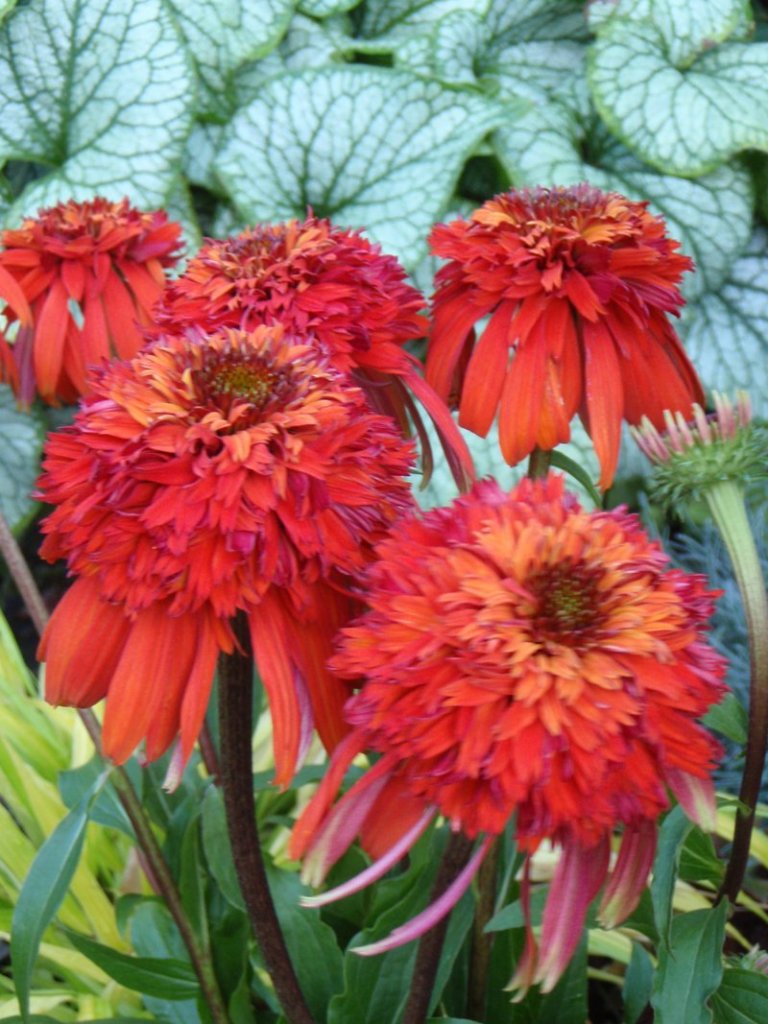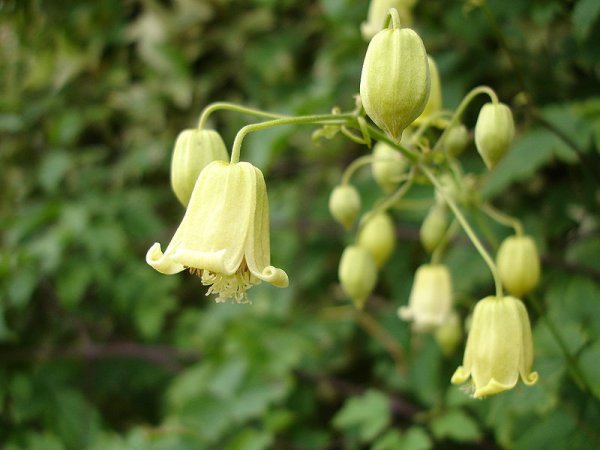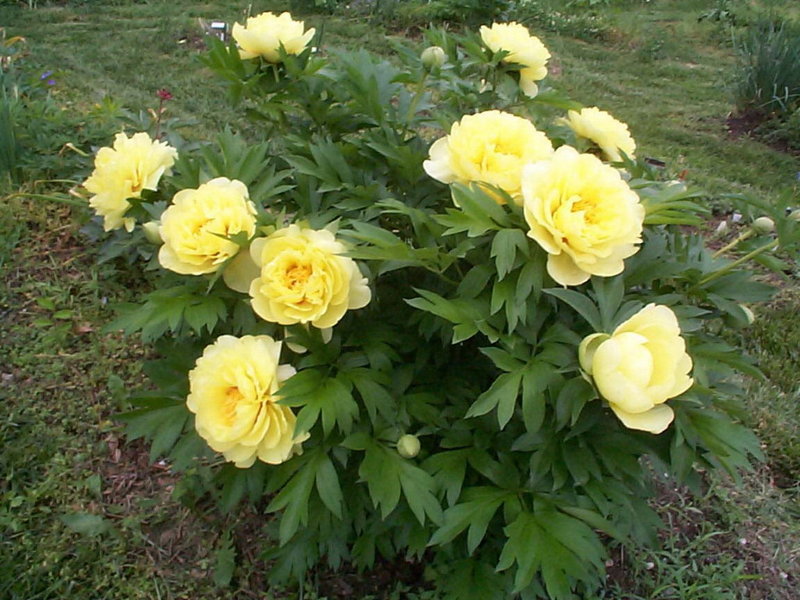Opinionated people expand your horizons. You don’t have to agree with their opinions, but you at least have to think about what they say, and sometimes that will open your horizons.
Tony Avent, founder and owner of Plant Delights Nursery in North Carolina, loves bright and gaudy plants, loves to push the hardiness zones — the latest U.S. Department of Agriculture revision backs him up on that — and likes to bring new plants to the market.
He is also using more native plants, he told a packed room at New England Grows in Boston earlier this month during his lecture, “100 Perennials I Wouldn’t Garden Without.”
“We have to celebrate native plants not because they are native, but because they are great plants,” he said. “Other plants are good too. I mean, what would they say if someone said only native people could come into your garden?”
Avent really likes bush clematis, as opposed to the vine clematis that are more popular.
“There is a whole series of native bush clematis than no one even knows,” he said.
One of them is Clematis ochroleuca, which blooms in late spring with pendulous, fuzzy creamy white bells, and then has a wonderful ochre-colored seed heads in the fall. It grows to about 15 inches tall.
But there also is a bush clematis from Asia, Clematis integrifolia “Rose Colored Glasses,” that offers pink flowers.
Seven of Avent’s top 100 plants are echinaceas, a native plant that has grown in popularity over the past couple of decades — since varieties began being developed through tissue culture rather than by seed. Tissue-culture plants allow you to have the shape and color you want, but they do have a disadvantage.
“Using plant clones, you have to plant in the right spot,” Avent said. “With seed-grown plants, they might die back, but they will reseed themselves in a better location.”
He praised “Fragrant Angel” as the top of the white echinaceas, and says it will rebloom. That led to a comment about fragrant plants.
“There is fragrant and there is horticulturally fragrant,” he said. “With horticulturally fragrant, the catalog says it is fragrant, so you get close and think you can smell it. The really fragrant flowers, you can smell.” (“Fragrant Angel” is a truly fragrant echinacea.)
“Fatal Attraction” and “Solar Flare” have black stems, and Avent says “Solar Flare,” which is new, has an unusual color — not pink and not peach, but something in between that is highly unusual.
A final echinacea I will mention is “Hot Papaya.” It is 3 feet tall; double flowering, which means slightly fragrant, bright-orange pom poms; and continues through the summer. “You think, ‘A plant can’t look like that,’ ” Avent said.
Baptisia, another native, comes in a wide variety of styes. Avent said it is a plant in which “it doesn’t matter where they come from. In this case, provenance doesn’t matter.”
He said Baptisia “Carolina Moonlight” looks as good as a lupine. He thinks B. “Cherries Jubilee,” a new introduction with cinnamon-colored flowers, is “the best bicolor. It beats them all, hands down.”
For something different, he recommended Baptisia leucophaea “Butterball,” which, at a foot tall with pale yellow flowers covering the plant, is a rock-garden plant.
Phlox “Minnie Pearl” is a naturally occurring hybrid discovered in Mississippi and sent to Holland, and the Dutch are now selling them back to the United States. They are white, grow to about a foot tall, and are mildew-free.
Avent advised people not to trust catalogs when they say plants are mildew resistant, because they usually aren’t. And most phlox are susceptible to mildew.
Phlox paniculata “Jeana” is another one with “zilch mildew with lavender pink blossoms on a 4-foot plant.” Avent said it was growing in a field of different phlox, and “all the butterflies come to this one. It blooms all summer long.”
He said “Peppermint Twist” with pink and white blooms is the type of gaudy plant he loves, and that “Triple Play” goes a step beyond the other phlox because it has variegated foliage.
An import for which Avent has recently developed a fondness is Asparagus cochinchinensis, a fern that — if you have both male and female plants — produces great berries on 5-foot-tall plants and turns as yellow as amsonia in the fall.
He also recommended some good peonies. Paeonia ostii is a wild species peony from China that grows from seed, gets 5 feet tall, and produces 150 flowers a year. “It should be in every single garden,” he said.
“Bartzella” is an intersectional peony, standing about 3 feet tall with light-yellow flowers.
“Intersectional peonies result when herbaceous peonies are forced to have sex with tree peonies,” Avent said. “The flower heads are 10 inches across. They have the sturdiness of a tree peony, but they die back to the ground in the winter.”
Avent said when “Bartzella” was introduced, it cost $260 a plant, but the price has now dropped to $75, a relative bargain.
Aralia cordata is a 7-foot-tall plant that does well in semi-shade and produces 2-foot tall flower spikes. It has bright-gold foliage, and does well in sun to light shade.
Another one of Avent’s gaudy plants is Delosperma “Fire Spinner,” a new introduction that has eye-like flowers or bright-orange flowers that morph to magenta.
Avent said the longest blooming perennial in his garden is Tricytris ravenii, called toad lily, going from June to frost, with speckled blue flowers on a 3-foot plant. It grows in light shade.
These are less than a third of the plants on Avent’s list of 100 plants, but they are some of my favorites. You can see a lot more of the offerings at plantdelights.com.
The website has a lot of offerings that would not be hardy in Maine — although all of the ones Avent mentioned in his talk would have been hardy in at least part of Maine. But the plant photos are great, as are Avent’s plant descriptions.
Tom Atwell has been writing the Maine Gardener column since 2004. He is a freelance writer gardening in Cape Elizabeth and can be contacted at 767-2297 or at:
tomatwell@me.com
Send questions/comments to the editors.






Success. Please wait for the page to reload. If the page does not reload within 5 seconds, please refresh the page.
Enter your email and password to access comments.
Hi, to comment on stories you must . This profile is in addition to your subscription and website login.
Already have a commenting profile? .
Invalid username/password.
Please check your email to confirm and complete your registration.
Only subscribers are eligible to post comments. Please subscribe or login first for digital access. Here’s why.
Use the form below to reset your password. When you've submitted your account email, we will send an email with a reset code.